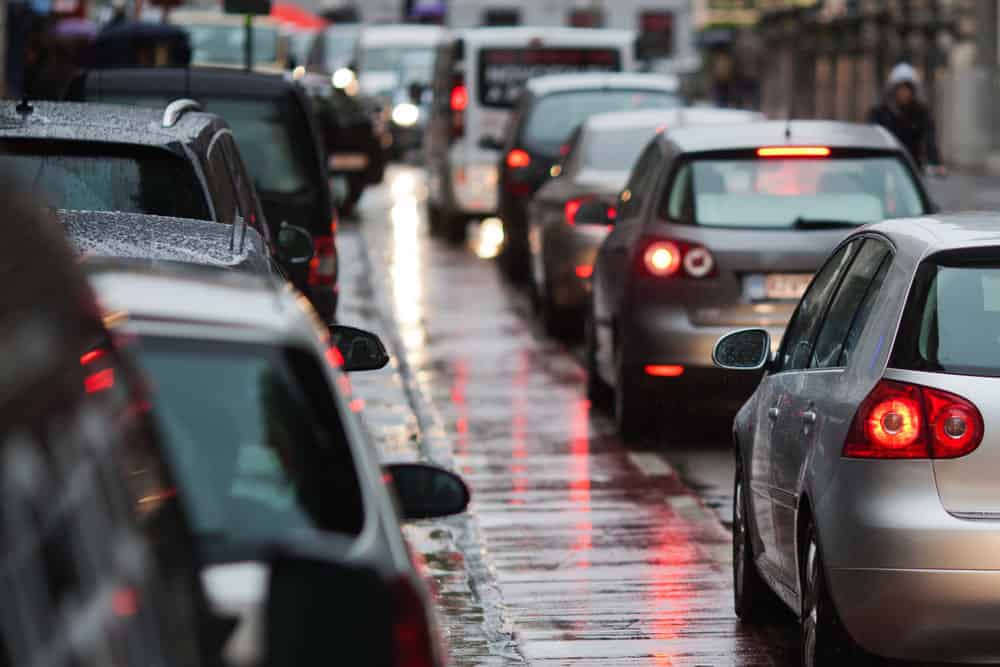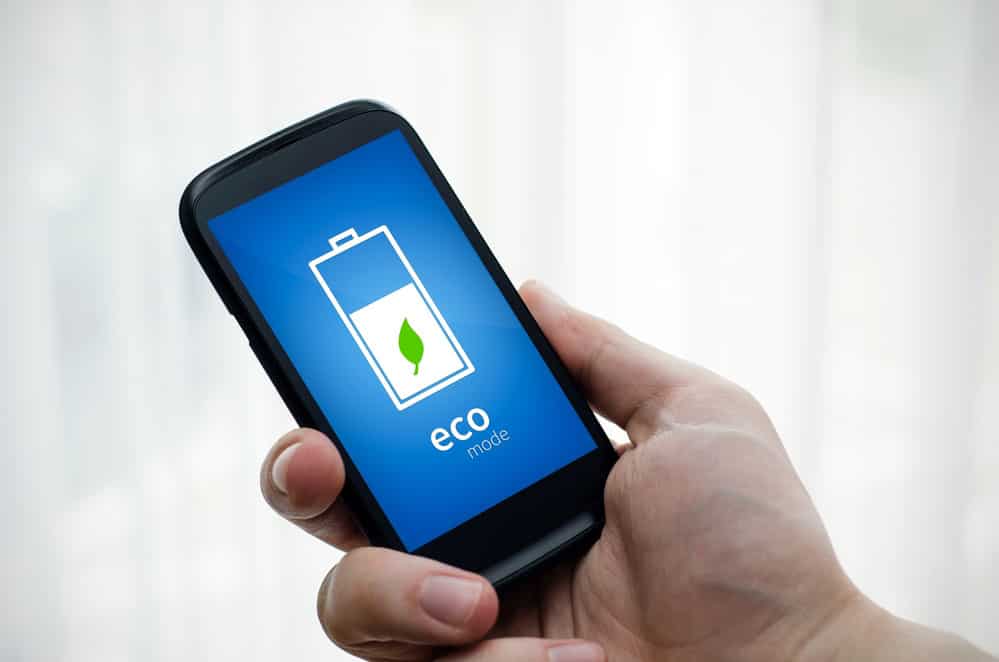How much data does GPS use? GPS has become an essential part of our daily lives. From finding ways to new places to tracking fitness goals, everything’s become more straightforward. However, have you ever wondered how much data this handy tool gobbles up?
Understanding your GPS data usage is crucial. Not only do you want to stay on top of your plan, but you also ensure that you don’t run out of data when needed.
From the impact of location-based apps to the best ways to reduce data usage, here’s everything you need to take control of your GPS data usage.
Table of Contents
- Does GPS Use Data from the Internet?
- Does GPS Use Data Plan? How Much Data Does GPS Use?
- How Much Data Does GPS Use on Android?
- How Much Data Does GPS Use on iPhone?
- What Are the Ways to Reduce GPS Data When Offline
- How Can You Download Data Offline on Google Maps
- What Do You Need for GPS to Work Without Dates
- FAQs
- Conclusion
Does GPS Use Data from the Internet?
When you use your GPS to navigate or track your location, your device connects to a network of satellites. These satellites provide information about your location then the information goes to your device via a cellular network or Wi-Fi (the internet). Your device then uses this information to give you an accurate location.

business man connection to Wifi
While GPS may use data from the internet, it doesn’t necessarily need the internet to function. Standalone GPS units can use preloaded maps to give accurate location data. This is all thanks to technological advancement.
Does GPS Use Data Plan? How Much Data Does GPS Use?
Yes, GPS can use data from time to time, but it doesn’t need it to operate. So, if you’re wondering if GPS works without cell service, your answer is yes. How much data that GPS uses depends on a variety of factors. In addition, it includes how often you use your GPS and the type of activity you’re using it for.
If you’re using your GPS for turn-by-turn navigation, you can expect to use less than 50MB. Putting things into perspective, It’s hardly more than 10MB in most cases per hour.
However, the figures can run a little high. Especially when using GPS to track your fitness progress or record your outdoor adventures. Besides, if you’re using your GPS to track your run or hike, you’ll probably use around 50MB of data per hour.

An athlete looking at a heart rate monitor
How Much Data Does GPS Use on Android?
For Android users, how much data are we talking about? Well, nothing out of the ordinary. The usage pattern in androids is quite similar to that of other devices. But a few Android-specific factors will likely affect your GPS data usage, like the type of map app you’re using.
First, Google Maps tends to use less data than other map apps. You can expect to use around 50MB of data per hour of navigation while using Google Maps. The type of GPS mode you’re using will also likely affect your data usage on android. Moreover, the high-accuracy mode uses more data than the battery-saving mode.
The high-accuracy mode uses a combination of GPS, Wi-Fi, and mobile networks, providing more accurate location data. Battery-saving mode, on the other hand, relies on GPS alone.
How Much Data Does GPS Use on iPhone?
On average, most navigation apps on an iPhone use around 50MB per hour. This figure can vary depending on the activity type and features like enabling turn-by-turn navigation or using more detailed maps to increase data usage. Further, services such as real-time traffic updates may also consume more data.

Cars in a traffic jam during rush hour
What Are the Ways to Reduce GPS Data When Offline
Download offline maps
This is a no-brainer. Downloading online means access to map data without an internet connection.
Turn off data-hungry features.
When offline, turn off features such as traffic updates and location sharing. These features use data and can add up when you’re not connected to the internet.
Pre-plan your route
Plan your route. Also, note any critical landmarks or points of interest before stepping out. This way, you’ll know where you’re going without relying entirely on your GPS for guidance.
Use battery-saving mode
Don’t worry; this feature comes with many GPS-enabled devices. Besides, it depends on GPS alone to reduce data usage. It can help you save on data usage when you’re offline.

Man-holding the phone with economical battery mode
How Can You Download Data Offline on Google Maps
Google maps can quickly turn from an incredible tool to a pain when you don’t have an internet connection. Fortunately, you can still access Google Maps data when offline.
To download data offline on Google Maps, open the app and search for the area you want to download. Ensure you’re connected to the internet.
Once you’ve found the area, tap on the address. Proceed by tapping the “More” button on the screen’s bottom. You’ll be prompted to ‘Download offline map.’ Here, you’ll find information such as points of interest and routes.
What Do You Need for GPS to Work Without Dates
You need a preloaded map or certain features enabled to use GPS without data. There’s an option for downloading or purchasing preloaded maps. Also, store them on your phone. It allows your device to access location information without using any data.
Some devices also allow access to certain features without a cellular network or Wi-Fi connection. These features may include compass navigation and location-tracking capabilities.
FAQs
How much is GB of data used per hour of GPS?
You’ll use an average of 0.05 GB per hour for everyday activities. The figures can vary. This is dependent on the activity you’re using it for. The specific GPS application you also use matters.
What data does GPS collect?
GPSs can collect such data as latitude, longitude, altitude, speed, direction, and timestamp. Others also come with extra features enabling them to collect sensor data like temperature.
Do Google maps need the internet?
Yes, being a location-based service, Google Maps needs an internet connection. However, Google Map users can also access the offline mode with limited features.
Conclusion
GPS data usage varies based on factors such as the specific GPSs application in use, activity, and application. Monitoring your GPSs data usage is a crucial step towards reducing it. Always be mindful of your device settings, internet connectivity, and apps, and stay connected. Also, you will generally enjoy your GPS experience.
